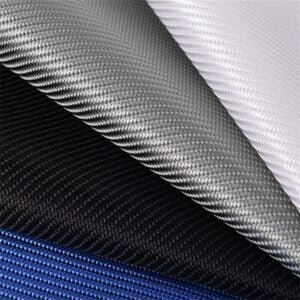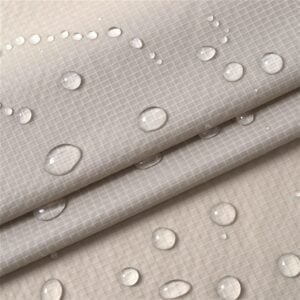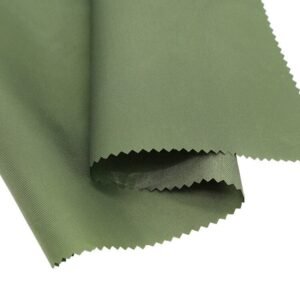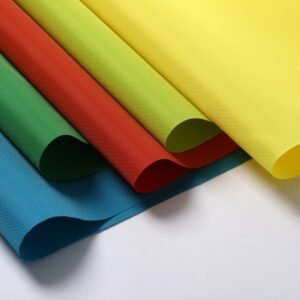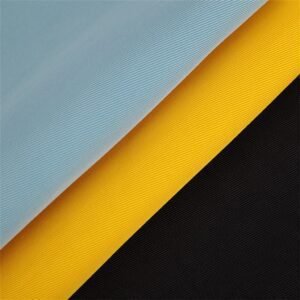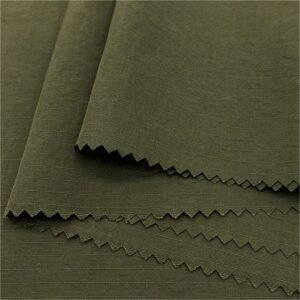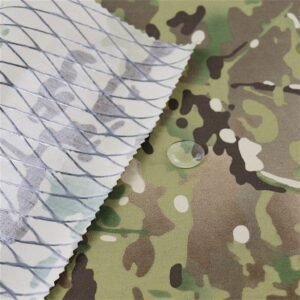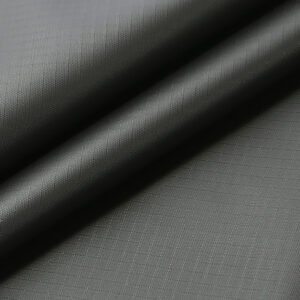
Unveiling the Secrets of Tent Fabrics: Insights from TENT FABRIC Manufacturers
I. The Art of Waterproofing in Tent Fabrics
(1) The Pivotal Role of PU Waterproof Coating
(2) DWR Treatment and Silicone Coating: Enhancing Tent Performance
II. A Diverse Array of Tent Fabrics
(1) Polyester Tent Fabric: Balancing Cost and Durability
(2) Nylon Tent Fabric: Lightweight Strength for the Adventurous
(3) Nylon 66 Tent Fabric: Premium Performance in Demanding Conditions
(4) Ripstop Tent Fabric: Reinforced Durability Through Innovation
III. Navigating Fabric Specification Selection
TKANINY ANTYSTATYCZNE
TKANINY WIELOFUNKCYJNE
TKANINY TRUDNOPALNE
TKANINY OLEJOODPORNE
TKANINY NA NIEPOGODĘ
TKANINY O WYSOKIEJ WIDOCZNOŚCI
Suzhou Sikor Industry Co., Ltd to innowacyjne przedsiębiorstwo z siedzibą w Suzhou w Chinach, posiadające szerokie doświadczenie w produkcji wysokowydajnych tkanin z włókien chemicznych.
Nasze główne tkaniny obejmują lekkie tkaniny, tkaniny typu ripstop, trwałe i biodegradowalne tekstylia, tkaniny i tkaniny funkcjonalne, zwłaszcza tkaniny funkcjonalne, wodoodporne i oddychające tkaniny, tkaniny zgrzewalne, 3-warstwowe laminaty Tkanina, Przeciwbakteryjny odporny na zapachy i trwały tkanina cordura.
Tkaniny te zostały zaprojektowane tak, aby zapewnić specjalną ochronę i są odpowiednie dla nieformalny strój, odzież sportowa na świeżym powietrzu, odzież robocza. Różne zastosowania, w tym torby, namioty, artykuły kempingowe I przemysłowy wykorzystuje.









